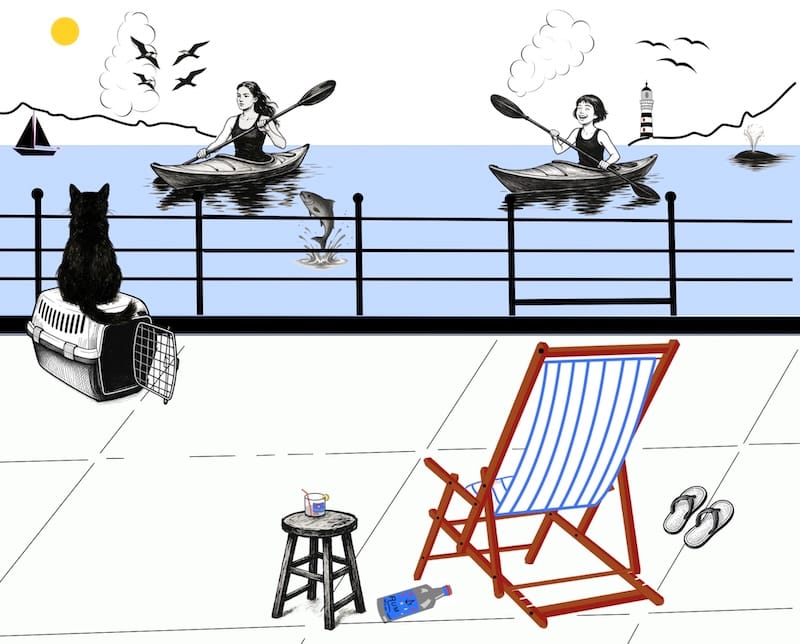Sextant altitude correction tables do not undergo annual updates in the nautical almanac, and they remain constant.

Altitude correction tables. sun stars and planets

The star and planet corrections, as well as the lower limb correction, appear on this page in the Nautical Almanac.
Here is a table displaying apparent sun altitude corrections spanning from 16° to 90°. It includes corresponding adjustments for Dip, reflecting the impact of the observer’s elevation above sea level, within the range of 1 to 12 meters (3.3 to 39.4 feet).
Importantly, these corrections on my website are specifically calculated for the lower limb of the sun and do not account for the upper limb.

Sextant altitude correction tables
The Nautical Almanac provides the altitude correction tables for the sun. The tables cover all altitudes from 0° to 90° and the heights of the eye from 1 to 48 meters.
They provide corrections to apply to both the upper and lower limbs of the sun and are divided into two parts.
The first part explains the effects of refraction, semi-diameter, and parallax, while the second part offers the corrections for dip. Since the sun’s distance from the earth changes throughout the year, the tables account for the variation in semi-diameter.

Sextant altitude correction tables: two sections dependent on the time of the year.
The tables divide into two sections: one uses a semi-diameter of 16.15′ during the period October to March, and the other uses a semi-diameter of 15.9′ during April to September.
The observer enters the first table with the apparent altitude and the second table with the observer’s height of eye.
In the first part, the observer applies all corrections to the apparent altitude in a positive manner when observing the sun’s lower limb, and in a negative manner when observing the sun’s upper limb.
True altitude.
Indeed, after making all the above corrections, the altitude measured above the celestial horizon from the center of the earth becomes the resultant altitude.
